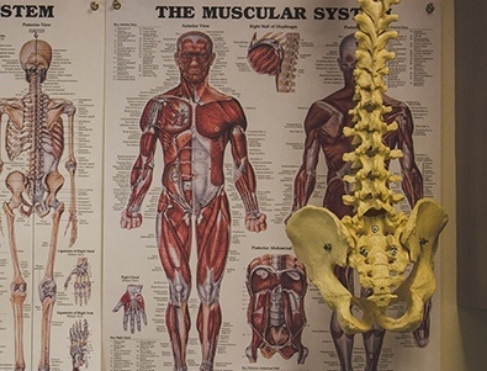Treating Ligament Injuries Glastonbury
Repairing Ligament Injuries Quickly and with Ease

Ligaments connect bones together; they’re a form of tethers that help to hold various joints throughout your body together. They also limit or restrict the movement of these joints to help prevent damage. Technically, damage to a ligament is called a sprain, whereas damage to a tendon is called a strain. Yes, there is a difference! However, for practical purposes, the two terms are often used interchangeably. We offer a range of regenerative medicine solutions for treating various types of ligament injuries here in our Glastonbury office.
Are All Ligament Injuries the Same?

Diagnosing a sprained ligament is done using the history of the injury and a physical exam, which is confirmed by ultrasound and/or an MRI. Ligament sprains are graded on a scale of 1 - 3, similar to tendon injuries. A Grade 1 injury involves over-stretching of the ligament fibers, but no true tears, or only microscopic tears. In a Grade 2 sprain, some, but not all, of the ligament fibers are torn. Grade 3 sprains are characterized by a complete tear of the entire ligament.
Grade 1 sprains cause mild swelling and pain, but no joint instability. Grade 2 sprains cause moderate swelling, perhaps with some black and blue, as well as mild joint instability. Grade 3 tears have much greater pain, swelling, bruising, and can cause joint looseness.
How to Treat Ligament Injuries

Treating a sprain depends in part on the severity of the injury. The majority of Grade 1 sprains are treated conservatively, usually with modified/protected activity and possibly physical therapy. Grade 2 sprains require more aggressive and formal treatment, starting with physical therapy and splinting or bracing for a brief period. Grade 3 tears most often require surgical repair. Chronic sprains, or those that fail to heal completely and cause recurring or chronic pain and impact activity, usually require regenerative medicine treatment like what we offer at the New England Stem Cell Institute, including prolotherapy and PRP to stimulate the natural healing and repair response.
